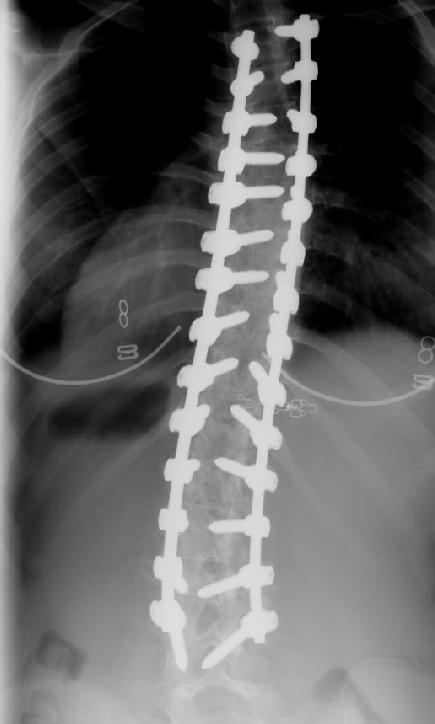Approximately seven million people have varying degrees of curvature in their back. Approximately 4 percent of children have scoliosis. What this means is that rather than grow upward, the spine curves outward, forming into a “C” or “S” shape. Ribs can also begin to protrude from the side of the body from this curvature in the spine. During a routine physical, either conducted by a pediatrician, chiropractor, or school nurse, these symptoms of scoliosis will be spotted and an X-ray is conducted to show that there is a curve in the spine. ALL cases of scoliosis require early stage treatment consisting of scoliosis exercises specifically prescribed for the individual curve pattern. The current medical approach is that if your spinal curve is less than 25 degrees, check-ups are conducted by a doctor every 4 to 6 months to see whether the curve is getting worse but no other treatment is provided! If the curve is between 25 and 40 degrees, the medical model is to institute treatment of scoliosis bracing with the aim of preventing the curve from getting worse, but it cannot correct a curve and it will not help adult scoliosis. Some doctors may even use brace treatment for curves up to 45 degrees. When the curve becomes larger than 40 degrees, or if it is already greater than 50 degrees and likely to progress, scoliosis surgery is then often prescribed as a last resort, even though there is no evidence that surgery is helpful except is cases over 110 degrees where there can be lung issues.
The most common scoliosis surgery is highly invasive and requires doctors to make a large incision down the back and spread open the ribs. One or more steel rods are inserted, along with pins and pieces of bone to secure the remaining bones and fuse the spine into place in an attempt to prevent it from curving further. It is then followed by a long, painful recovery period that leaves patients with very large scars. A 2002 German study on the long-term quality of life for idiopathic scoliosis patients who had received Harrington instrumentation reported “40 % of operated treated patients with idiopathic scoliosis were legally defined as severely handicapped persons”.

Very few hospitals across the country are now offering a new technique for scoliosis surgery, called video-assisted thoracoscopic anterior spine fusion. The surgery requires four half-inch long incisions made between the ribs. Surgeons remove some of the flexible tissue between the bones in the spine using images transmitted from a camera inside the body.
It is purported that patients have less pain, need less narcotics, are less sedated, and have a quicker recovery with a shorter hospital stay. However, this surgery cannot be performed on children with severe curves in their lower backs. This leaves only patients with scoliosis in their upper spines eligible for this new procedure.
Rather than making strides in scoliosis surgery, perhaps the focus should be on establishing a better treatment model. One that doesn’t wait until surgery is the only option but instead takes a proactive approach that doesn’t emphasize the band-aid solution that is bracing but focuses on what is fundamentally wrong and retrain the mind and body to orient the spine correctly. An effective individually tailored program of exercise has been proven effective in the treatment of both early stage and advanced scoliosis.

